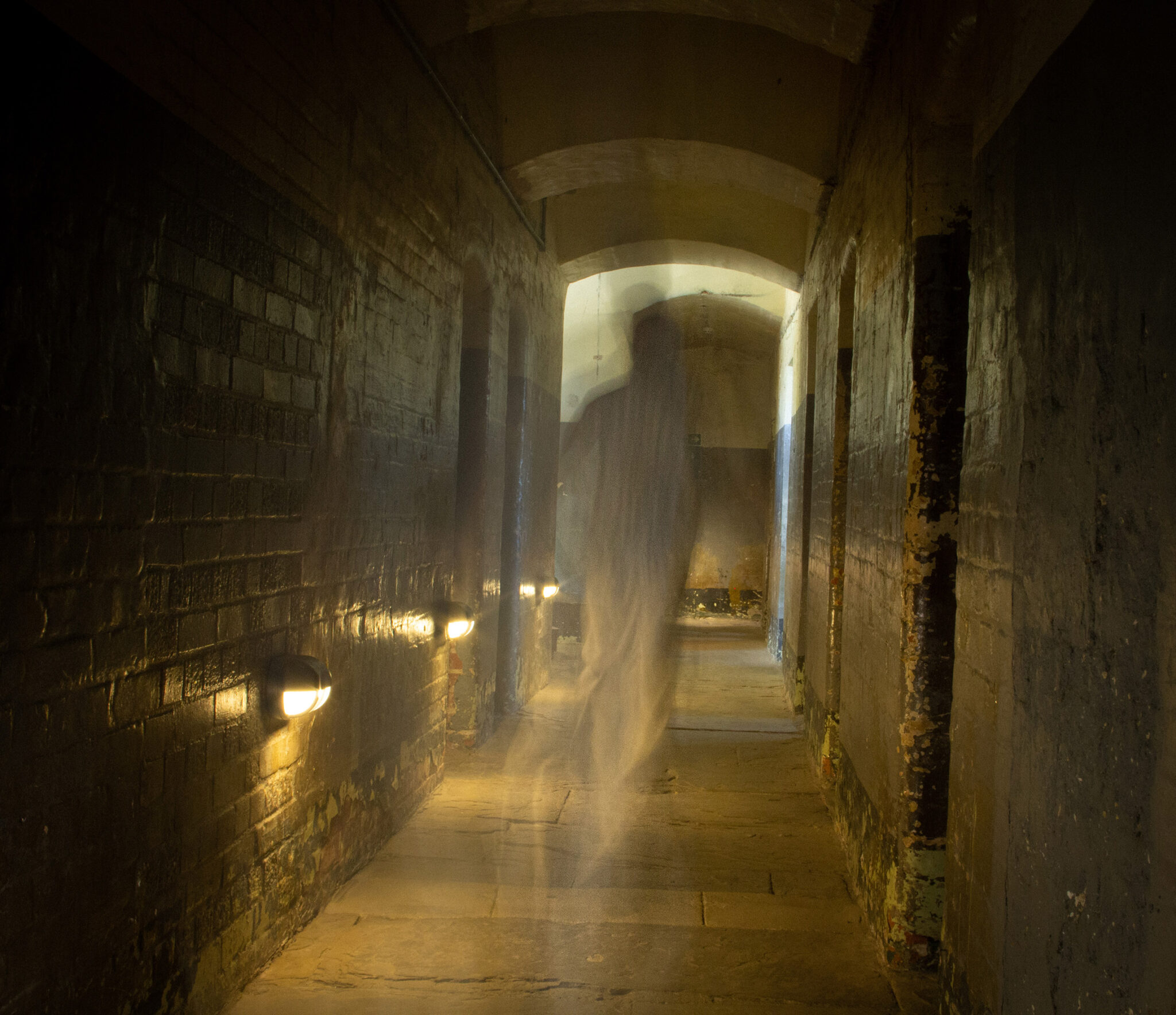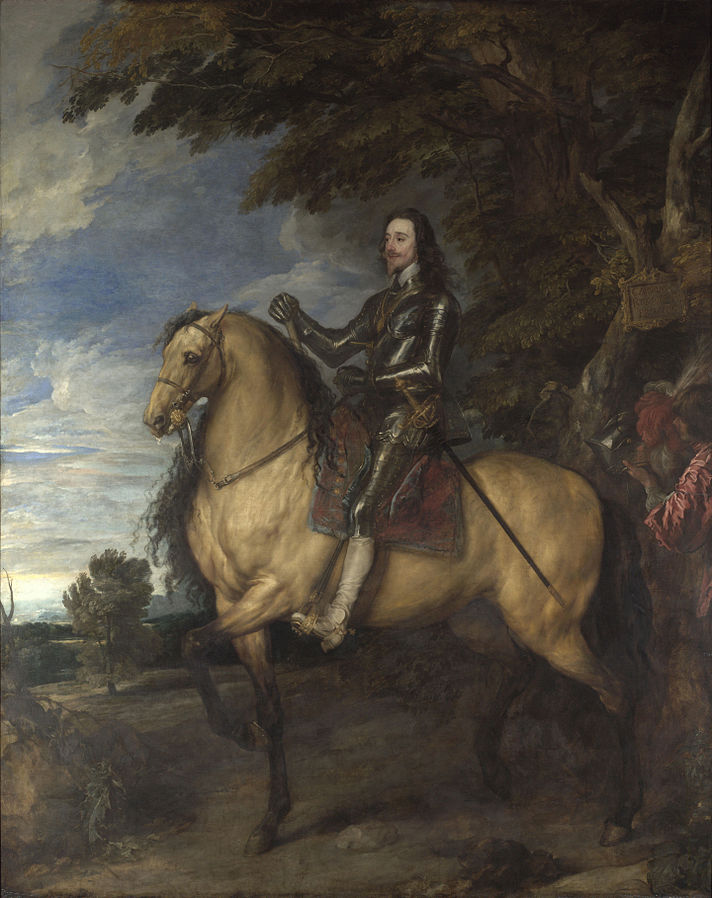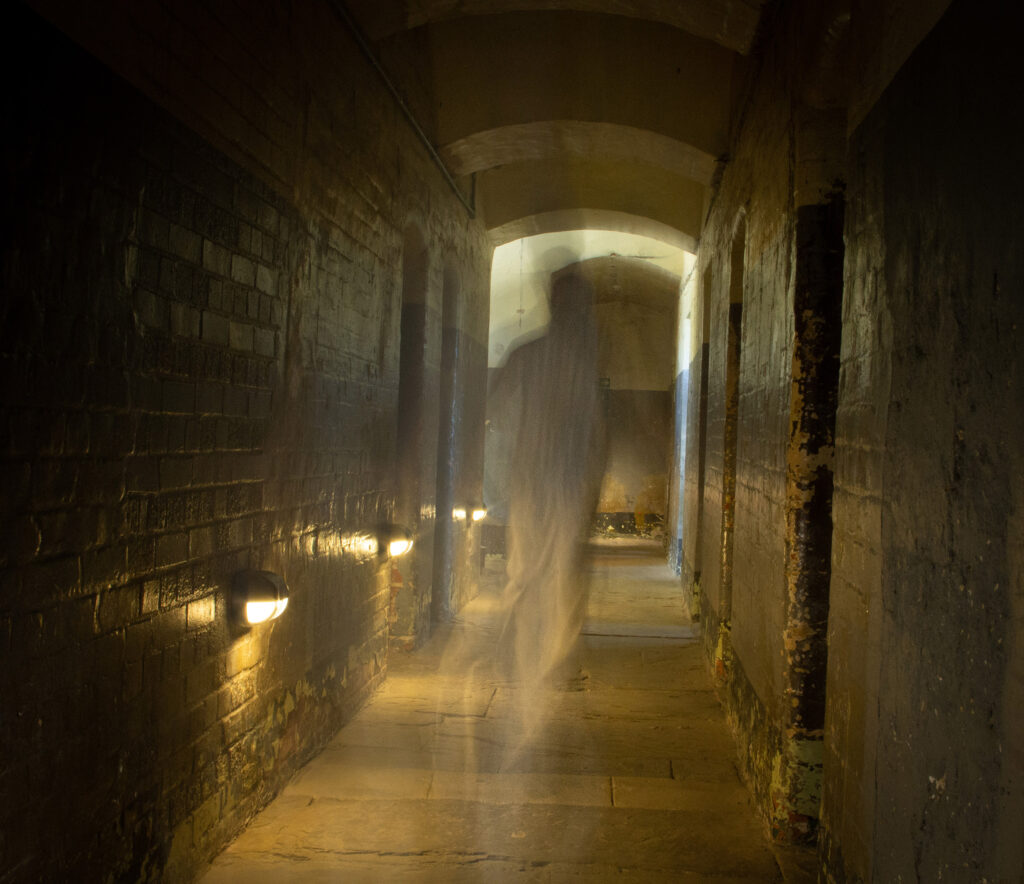 aaa
aaa
Oxford’s important role in the English Civil Wars explains the many sightings of Royalist ghosts over the years. However, one ghost had a particularly significant role in the conflict: King Charles I. Why does the spirit of the ill-fated King walk the Oxford’s streets?
Charles I was born in Dunfermline Palace in Scotland, in 1600. He was the second surviving son of James VI of Scotland and Anne of Denmark, and became heir after the death of his brother. In 1625, he became King.
Disagreement between parliament and the King started immediately. Charles inherited his father’s belief that King’s were granted the right to rule by God. He refused to explain his foreign policy to the first parliament of his reign or how much it was costing the country to be at war with Spain. Parliament refused to grant him the power to levy customs duties. Things only worsened with the second parliament, which he disbanded.
The King’s relationship with his third and fourth parliaments was even tenser. The King once again disbanded parliament. He then ruled for eleven years without calling parliament.

When he eventually called a Parliament again, relations did not improve. The country was in deep financial trouble. In 1641 the Commons passed the Grand Remonstrance to the King. This listed everything that had gone wrong since his reign started.
News of a rebellion in Ireland reached the Leaders of the Commons at the same time and they feared an army raised to send to Ireland could also be used against them. They demanded the King released control of his army. Furious, Charles I ordered the arrest of one member of the House of Lords and multiple members of the Commons. They escaped the city. Both the Royalists and Parliamentarians started to gather their armies.
The Nineteen Propositions were sent to Charles I by the remaining members of the House of Commons. The King realised it was an ultimatum and responded cautiously, though did not agree to all the terms. This marks the beginning of the English Civil Wars.
Initially the Royalist cause was strong. Charles I made Oxford’s Christ Church College his base, putting the city at the centre of the conflict. However, in 1645 they lost a series of crucial battles. By spring 1646 Oxford was surrounded and the King had to flee in disguise. For more about Oxford Castle & Prison, follow us on Facebook and Instagram.
This seemed to have worked, until the King was seized and taken to London’s Hampton Court. An escape plot managed to get him successfully out of London, though not to his intended destination of Jersey. Instead, he arrived on the Isle of Wight, where the governor was loyal to Parliament.
His further attempts to escape failed. He was moved to Windsor Castle at the end of 1648 and the following year was brought before the high court of justice. He was charged with treason.
Charles I refused to plead, rejecting the legality of the court. He was sentenced to death and executed on the 30th January 1649.

Considering the importance of Oxford in the English Civil Wars, it is unsurprising that Royalist ghosts have been spotted in the city. This includes the ill-fated King.
Charles I’s ghost is thought to wander the halls of Christ Church College. Some sightings report he is missing a vital body part due to his gruesome execution: his head.
There have also been sightings of the King’s spirit in the Bodleian Library. The King was denied leave to borrow books from the library in 1645, so this could be a late rebellion against the decision. It is claimed that his ghost runs around the upper reading room at night and removes a book to only read one line before returning it.
Discover more of the ghosts of Oxford on a Spectre Ghost Tour. Book here


| Cookie | Duration | Description |
|---|---|---|
| cookielawinfo-checkbox-advertisement | 1 year | Set by the GDPR Cookie Consent plugin, this cookie is used to record the user consent for the cookies in the "Advertisement" category . |
| cookielawinfo-checkbox-analytics | 11 months | This cookie is set by GDPR Cookie Consent plugin. The cookie is used to store the user consent for the cookies in the category "Analytics". |
| cookielawinfo-checkbox-functional | 11 months | The cookie is set by GDPR cookie consent to record the user consent for the cookies in the category "Functional". |
| cookielawinfo-checkbox-necessary | 11 months | This cookie is set by GDPR Cookie Consent plugin. The cookies is used to store the user consent for the cookies in the category "Necessary". |
| cookielawinfo-checkbox-others | 11 months | This cookie is set by GDPR Cookie Consent plugin. The cookie is used to store the user consent for the cookies in the category "Other. |
| cookielawinfo-checkbox-performance | 11 months | This cookie is set by GDPR Cookie Consent plugin. The cookie is used to store the user consent for the cookies in the category "Performance". |
| PHPSESSID | session | This cookie is native to PHP applications. The cookie is used to store and identify a users' unique session ID for the purpose of managing user session on the website. The cookie is a session cookies and is deleted when all the browser windows are closed. |
| viewed_cookie_policy | 11 months | The cookie is set by the GDPR Cookie Consent plugin and is used to store whether or not user has consented to the use of cookies. It does not store any personal data. |
| Cookie | Duration | Description |
|---|---|---|
| _ga | 2 years | The _ga cookie, installed by Google Analytics, calculates visitor, session and campaign data and also keeps track of site usage for the site's analytics report. The cookie stores information anonymously and assigns a randomly generated number to recognize unique visitors. |
| _gat_UA-9822230-4 | 1 minute | A variation of the _gat cookie set by Google Analytics and Google Tag Manager to allow website owners to track visitor behaviour and measure site performance. The pattern element in the name contains the unique identity number of the account or website it relates to. |
| _gcl_au | 3 months | Provided by Google Tag Manager to experiment advertisement efficiency of websites using their services. |
| _gid | 1 day | Installed by Google Analytics, _gid cookie stores information on how visitors use a website, while also creating an analytics report of the website's performance. Some of the data that are collected include the number of visitors, their source, and the pages they visit anonymously. |
| CONSENT | 2 years | YouTube sets this cookie via embedded youtube-videos and registers anonymous statistical data. |
| Cookie | Duration | Description |
|---|---|---|
| _fbp | 3 months | This cookie is set by Facebook to display advertisements when either on Facebook or on a digital platform powered by Facebook advertising, after visiting the website. |
| fr | 3 months | Facebook sets this cookie to show relevant advertisements to users by tracking user behaviour across the web, on sites that have Facebook pixel or Facebook social plugin. |
| test_cookie | 15 minutes | The test_cookie is set by doubleclick.net and is used to determine if the user's browser supports cookies. |
| VISITOR_INFO1_LIVE | 5 months 27 days | A cookie set by YouTube to measure bandwidth that determines whether the user gets the new or old player interface. |
| YSC | session | YSC cookie is set by Youtube and is used to track the views of embedded videos on Youtube pages. |
| yt-remote-connected-devices | never | YouTube sets this cookie to store the video preferences of the user using embedded YouTube video. |
| yt-remote-device-id | never | YouTube sets this cookie to store the video preferences of the user using embedded YouTube video. |